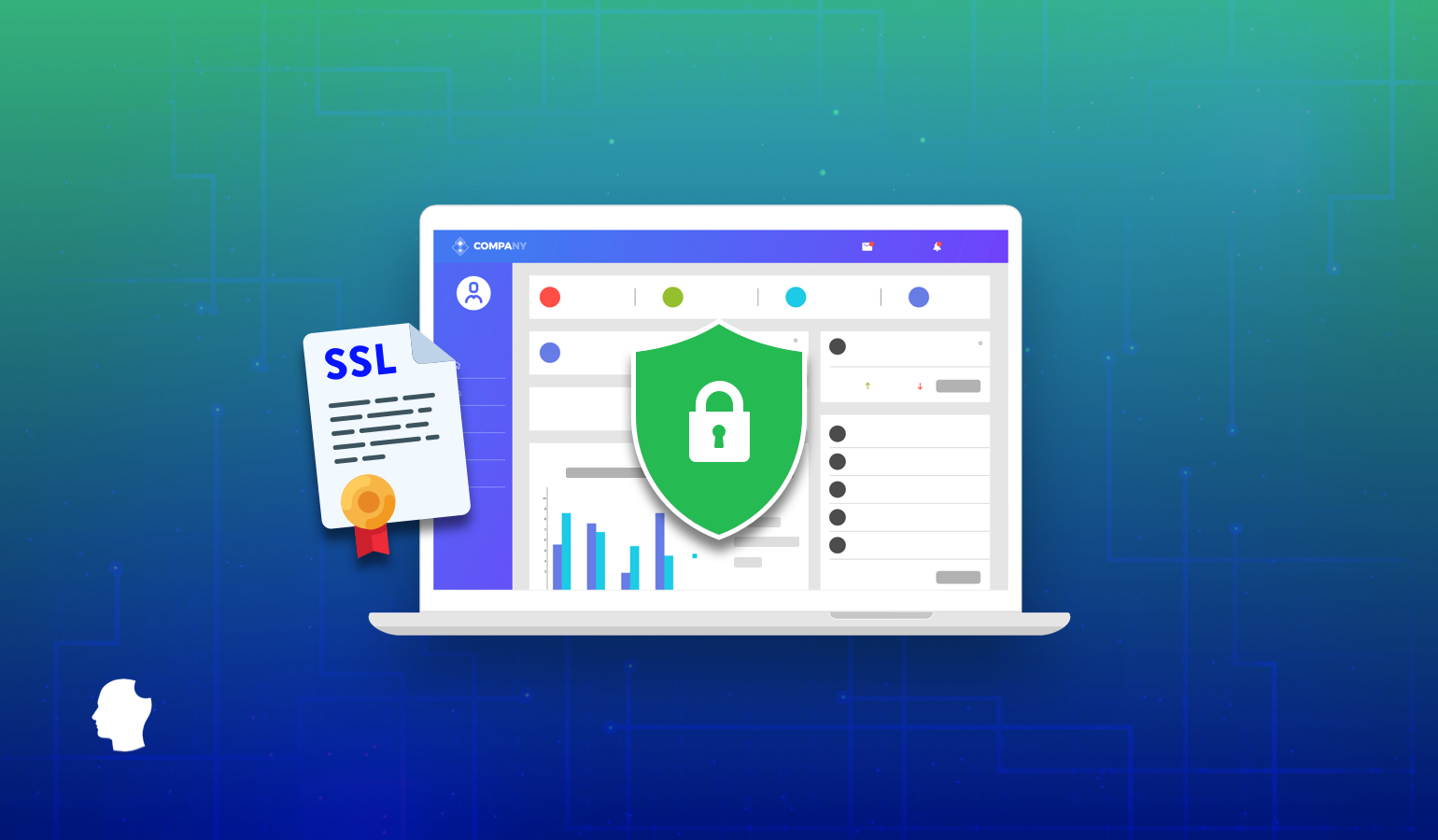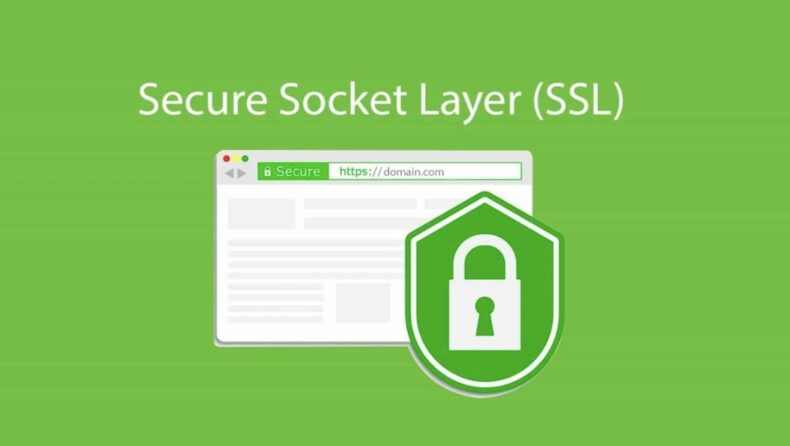An SSL certificate is one of the most important things for a business to maintain its online presence. Without an SSL, a website is partial, especially for companies, because they need to provide a friendly and secure user experience for the audience to grow.
With changing technology, it has become difficult to maintain security. Unwanted threats are always looking for someone’s information. An SSL makes a website secure and protects it from unwanted dangers.
Read this blog to learn more about an SSL certificate and its process.

Table of contents:
- What is an SSL certificate?
- How to get an SSL certificate step by step?
- Keep the correct website information
- Decide a type of certificate
- Choose a CA (Certificate Authority)
- Generate a CSR (Certificate Signing Request)
- Submit the CSR to a CA
- Wait for validation by the CA
- Install the certificate
- Conclusion
What Is An SSL Certificate?
An SSL certificate is a digital certificate that authenticates a website’s information and keeps its content end-to-end encrypted. SSL stands for Secure Sockets Locker, a security protocol that ensures the safe passage of communication between the server and the browser.
When someone enters a piece of information on a website, it goes to the server in plain text, which makes the info unprotected and accessible to others. In that case, an attacker can intercept the data and use that information. But an SSL secures this process, and it confirms delicate information like passwords, credit card information, and bank details.
Want to know whether a website is secured or not? Check the URL address; it will show a padlock icon. But if you see a red icon stating “not secure,” it means that the website is not SSL protected, and sharing information there could be dangerous.
How to get an SSL certificate step by step?

SSL certificates are issued by an authoritative body called CA (Certificate Authority). The certificate can only be obtained with their approval. Here are some steps to successfully acquiring an SSL certificate:
1. Keep the correct website information
Each certificate needs a different IP address. Therefore, when applying for an SSL, be ready with the correct website information, the CA checks the IP address and domain name. A web hosting provider can help in this process.
2. Decide a type of certificate
There are many types of SSL certificates available. Therefore, one must choose a variety of certificates according to their requirements.
There are three main types of certificates:
Domain Validated (DV)- A website with a DV SSL certificate is a recognized trust signal since it implies the ownership of your website has been thoroughly examined and is traceable to anyone who sees your website.
Organization Validated (OV)- Validation of Organizations (OV) SSL certificates increase internet trust by certifying the business’s identity and authenticity. Organizations must demonstrate ownership of the domain name they intend to secure and indicate that they are a properly-recognized business.
Extended Validation (EV)- EV certificates can be used in the same ways as traditional SSL certificate certificates, such as to secure web interactions using HTTPS and to sign software and documents.
3. Choose a CA (Certificate Authority)
A certificate authority is an entity that issues SSL certificates. Businesses, organizations, and individuals can choose a certificate authority according to their requirements. GoDaddy and Global Sign are the most prominent authorities out there.
4. Generate a CSR (Certificate Signing Request)
A CSR is a file that should be generated on the web server before requesting a CA to issue an SSL certificate. After that, the CA uses this information to administer the certificate. Again, enlisting the assistance of a web hosting provider can increase the likelihood of successful certificate generation.
5. Submit the CSR to a CA
After generating the CSR, go to the CA website and purchase an SSL certificate. After that, submit the CSR file to the certificate authority.
6. Wait for validation by the CA
Once the payment has been made, and the CSR submitted, wait for the period given by the certificate authority as it takes time. It can take a few hours to a few days, depending upon the type of SSL certificate you are looking to obtain.
7. Install the certificate
After the CA processes the certificate request, the applier will receive an email containing the information about the SSL. From there, one can access their certificate or from the user-ID where it was purchased.
Conclusion
An SSL certificate is essential for businesses, organizations, and individuals to survive in this digital era, and building a secure website is easy with its help of it. Moreover, one can get certification through the simple methods mentioned above.













